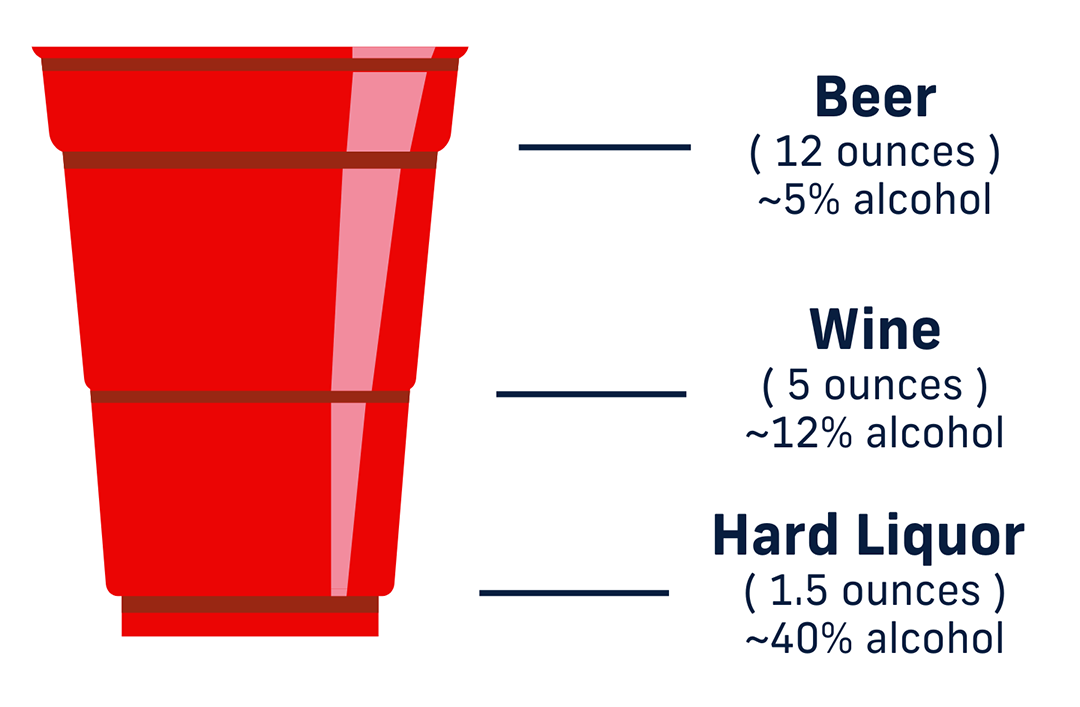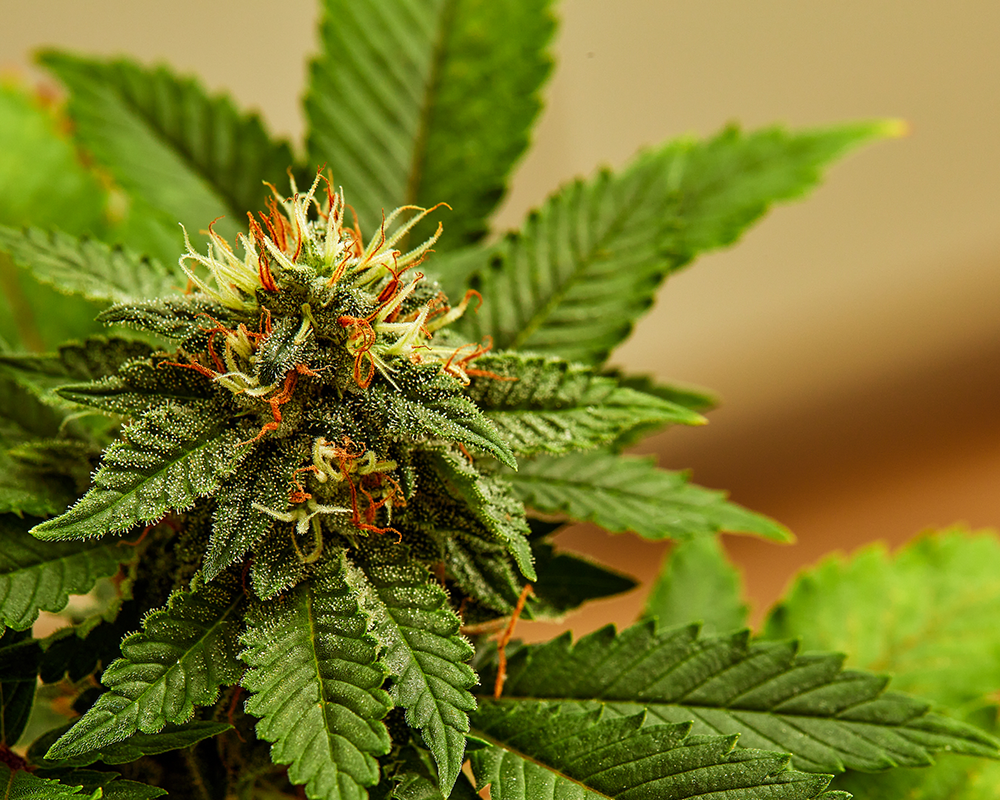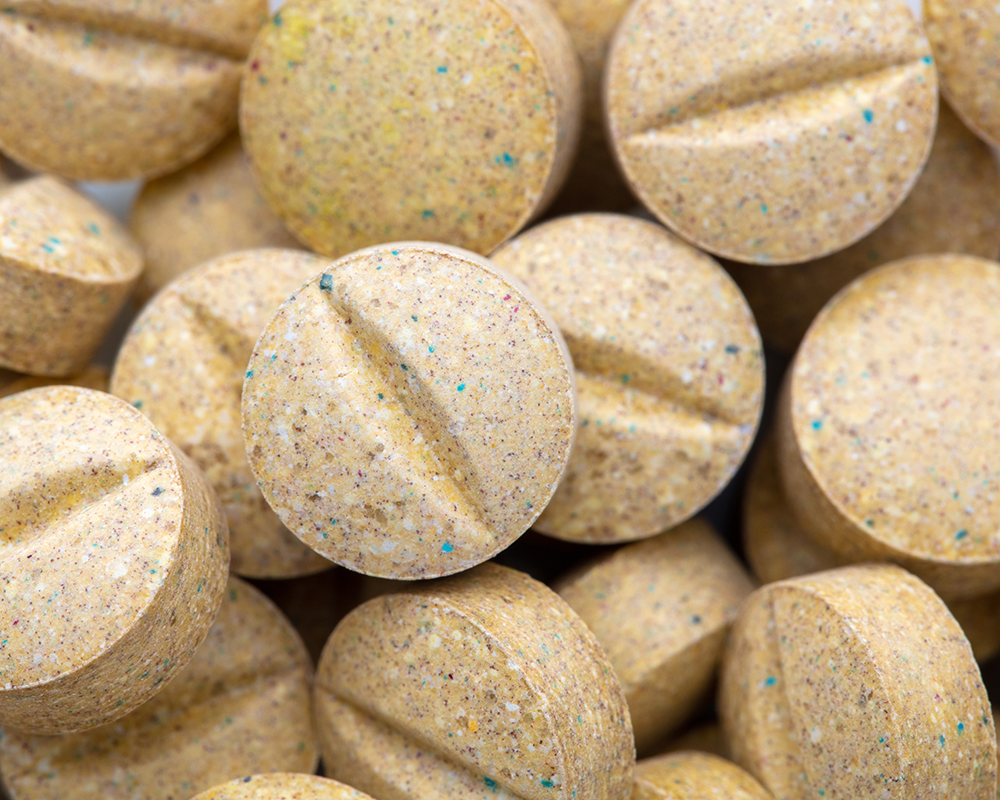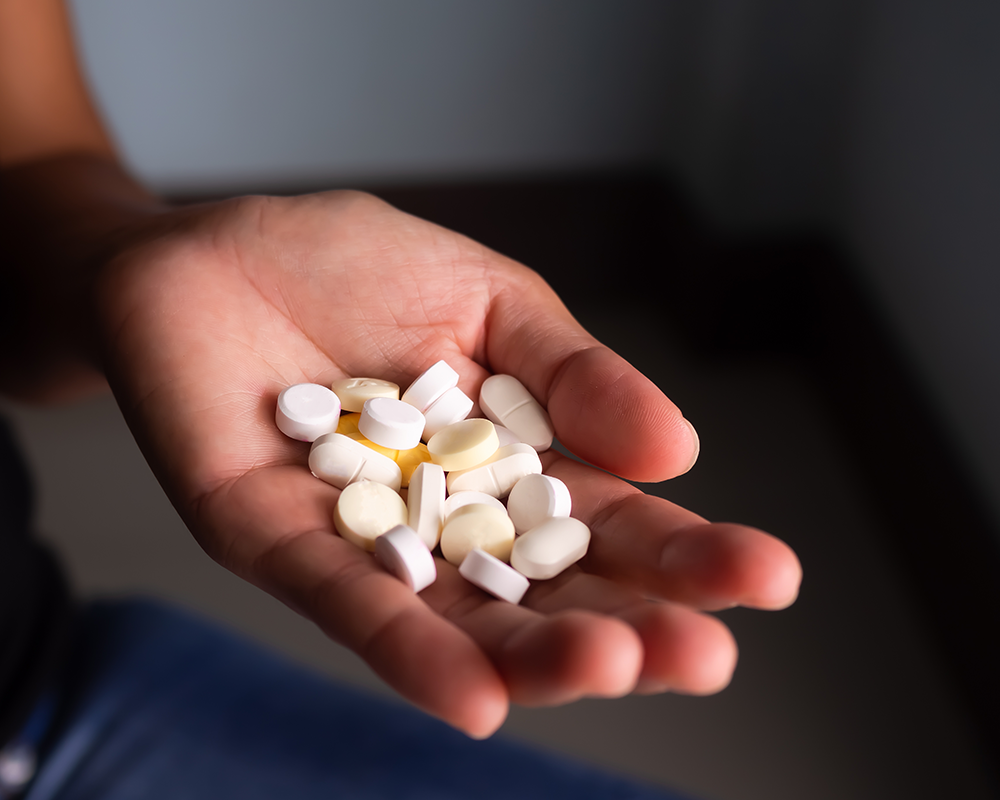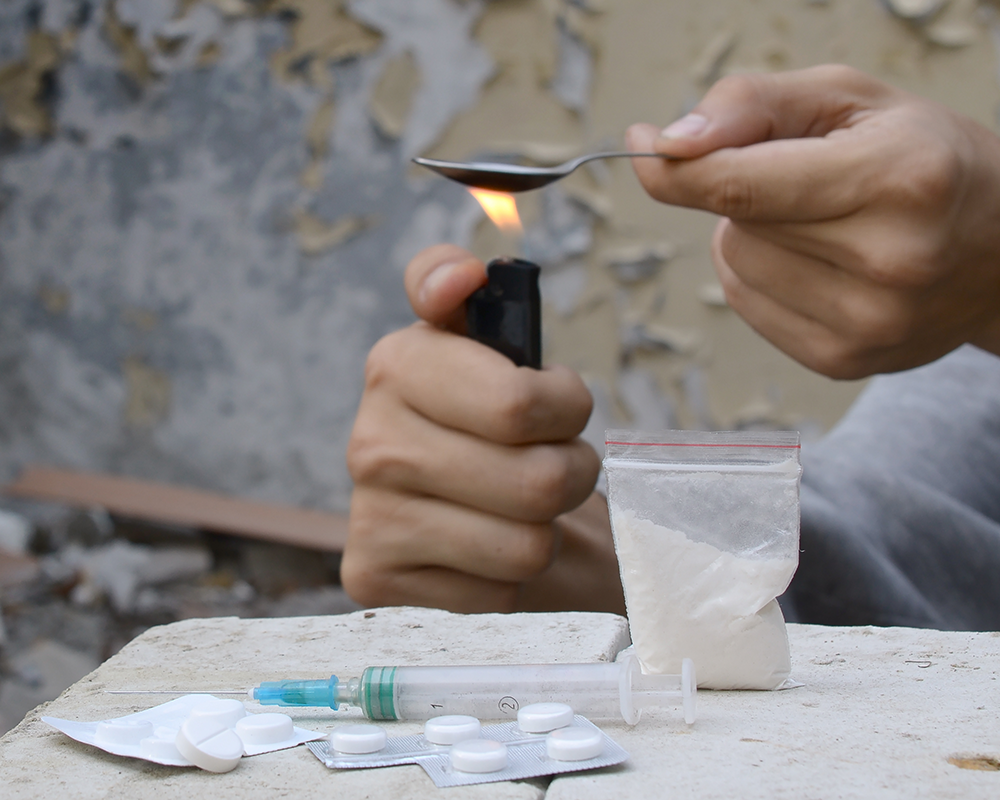Substance Information
Whether it’s alcohol, cannabis, nicotine, prescription medications, or other substances, it’s important to know how they affect your body, brain, and decision-making. Using multiple substances—sometimes called “polydrug use” or “crossfading”—can significantly increase risks, especially when the effects interact in unpredictable ways. Make informed choices that support your health and safety.
